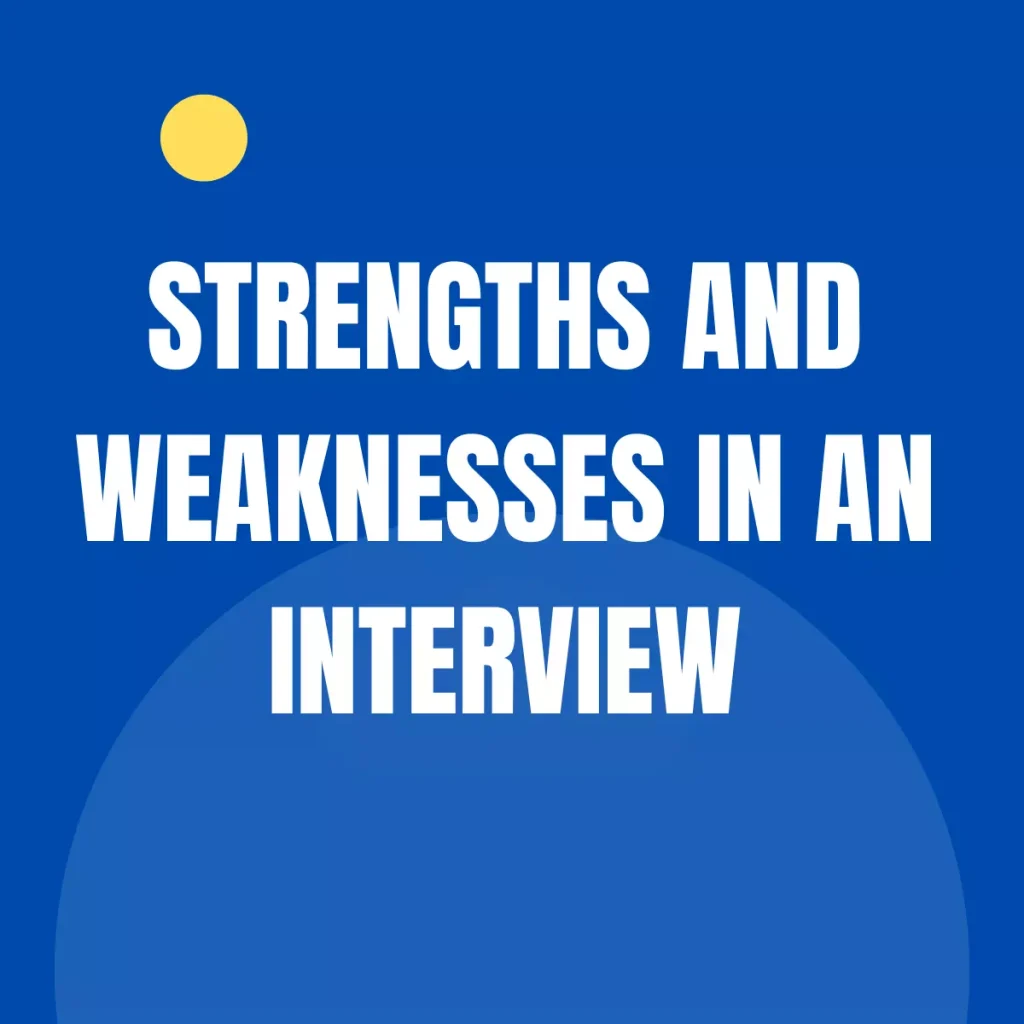Introduction: How to Write a Resume for a Career in Environmental Impact Assessment
Environmental impact assessment (EIA) professionals play a crucial role in evaluating the potential environmental consequences of development projects and determining measures to mitigate any adverse effects. If you are interested in pursuing a career in EIA, it’s important to create a resume that highlights your relevant skills, experience, and education. A well-crafted resume can greatly increase your chances of securing a job in this field. In this blog post, we will provide you with guidance on how to write a resume specifically tailored for a career in environmental impact assessment.
FAQs
1. What should be included in the contact information section of my resume?
In the contact information section of your resume, include your full name, phone number, email address, and LinkedIn profile URL if available. Make sure to use a professional email address and double-check the accuracy of your contact details.
2. What should my resume’s objective or summary statement focus on?
Your objective or summary statement should succinctly summarize your career goals and your relevant qualifications for a position in EIA. Emphasize your passion for environmental conservation and your ability to apply your skills and knowledge to assess and mitigate environmental impacts.
3. How should I highlight my education in my resume?
Include a section dedicated to your education, listing your degree, university, and graduation year. If you have specific coursework or research experience related to environmental impact assessment, make sure to mention it. Consider including any relevant certifications or professional development courses as well.
4. What skills should I emphasize on my resume?
Highlight skills that are directly relevant to environmental impact assessment, such as environmental risk assessment, data analysis, project management, GIS mapping, regulatory compliance, and report writing. Additionally, emphasize your ability to communicate effectively and work collaboratively with interdisciplinary teams.
5. Should I include a separate section for my professional experience?
Yes, include a section dedicated to your professional experience, starting with your most recent position. Include the job title, company, duration of employment, and a concise description of your responsibilities and accomplishments. Focus on experiences directly related to environmental impact assessment, such as conducting site assessments, analyzing data, and writing EIA reports.
6. Is volunteer or intern experience relevant to include?
Yes, volunteer, and intern experience can be valuable, especially if it is related to environmental impact assessment or demonstrates transferable skills. Include any relevant responsibilities and accomplishments, highlighting your ability to work in a professional setting and contribute to environmental projects.
7. How long should my resume be?
Keep your resume concise and focused. A one or two-page resume is typically sufficient for most EIA positions. Use bullet points to highlight key information and organize your sections in a clear and easy-to-read format.
8. Is it important to include references?
It’s not necessary to include references on your resume. You can provide references upon request during the interview process. Instead, use the space on your resume to highlight your qualifications, skills, and experiences more effectively.
9. Should I tailor my resume for each job application?
Yes, it’s important to customize your resume for each job application to highlight the most relevant skills and experiences. Carefully review the job description and requirements, and incorporate the keywords and phrases used in the posting throughout your resume.
10. What are some additional tips for writing a resume for a career in EIA?
– Use a clean and professional look for your resume, with a consistent font and formatting.
– Proofread your resume carefully to ensure it is free of typos and grammatical errors.
– Quantify your achievements where possible, using numbers and statistics to demonstrate the impact of your work.
– Include any professional memberships or affiliations related to environmental impact assessment.
– If applicable, include a section for relevant research publications or presentations.
Conclusion: How to Write a Resume for a Career in Environmental Impact Assessment
To pursue a career in environmental impact assessment, it’s crucial to create a resume that effectively showcases your relevant skills, experience, and education. By following the tips provided in this blog post, you can craft a compelling resume that increases your chances of securing a job in this field. Remember to tailor your resume for each job application and highlight your passion for environmental conservation and your ability to assess and mitigate environmental impacts. Good luck with your job search!
BuildFreeResume.com has a consumer rating of 4.83 stars on Sitejabber.




